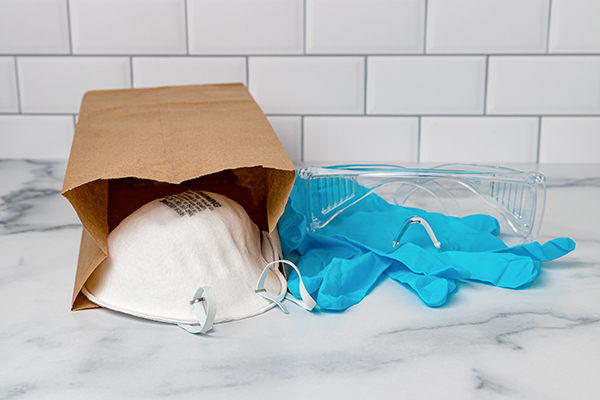Hot off the Press: The 2022 Model Food Code has been Released! Part One.
It has finally arrived! Yes, the new year has arrived – but I was not referring to it. I was referring to the new 2022 Model Food Code (10th edition) that has been released by the Food and Drug Administration. I thought I might take this blog and the next blog to discuss some of the changes that have been made to the Food Code that you might see coming your way in the next few years.
I emphasize might be coming your way, because each state can decide to adopt or not adopt the food code when it is released. States can do this on their own schedule, too. So, some states may adopt the new food code within the next six months, while others may never adopt the 2022 Food Code.
To give you an idea of how variable adoption of the food code can be, the FDA tracks adoption of the various food codes and has noted that 18 states have adopted the 2017 Food Code, which, until now, was the most recent version. Sixteen states operate on the 2013 food code, nine states utilize the 2009 Food Code, two states are on the 2005 Food Code, four states follow the 2001 Food Code, and one state still operates on the 1995 Food Code.
The changes highlighted in this blog and our next blog certainly do not represent all the changes to the 2022 Food code. But, in reviewing the changes these seemed to be the most pertinent to our general readers.
The 2022 Food Code was originally expected to be released in 2021, but of course the Covid-19 pandemic delayed the meeting of the Conference for Food Protection, which caused the delay. If you are not familiar with the Conference for Food Protection, it is a non-profit organization composted of regulatory officials, professional organizations, academia, and even consumers and operators. The conference meets every other year, but compiles and deliberates on suggested changes to the Food Code. While the conference itself has no formal regulatory authority, their recommendations are highly influential in shaping the Food Code.
Going forward, a new version of the food code will be released every four years. During that four-year period, the FDA has the option to release a Food Code Supplement, which can update or clarify the code. For example, I noted we were on the 2017 Food Code and there was a 2017 supplement that was released in 2019, which is referred to as the 2017 Food Code Supplement.
The changes to the food code are no secret and the FDA lists them out each time the code is changed, but many operators don’t have time, nor the interest to go seek them out. If you are interested, here is the summary of all changes included in the 2022 Food Code which were not in the 2017 code.
The changes I will highlight in this blog and our next blog certainly do not represent all the changes to the 2022 Food code. But, in reviewing the changes these seemed to be the most pertinent to our general readers.
One change that caught my eye immediately was the additional responsibility for the person in change. The new code states the person in charge section (2-103.11) will provide oversight of thawing food properly and will monitor it daily. We’ve talked about the importance of proper thawing of food in our blogs before, but this change amplifies the importance of this and signals to operators that it is something that should be monitored.
Another welcomed change is the inclusion of food donations. In the United States, somewhere between 30% and 40% of the food supply is wasted. This is the first time the code has addressed donating unused food from a commercial establishment and the FDA is encouraging donation of food that is prepared in accordance with the food code.
There are a few other key changes that we will explore later in the month, be sure to check back in to learn more. In the meantime, if you have questions about the food code or what to learn a bit more about how to use it to improve your foodservice operations, check out the last SafeBites webinar of 2022, “A Foodservice Operators’ Guide to the Food Code”. If you have any topics you’d like us to address in 2023, please reach out and let me know. From all of us at FoodHandler, we wish you the very best in the year ahead! Risk Nothing.










